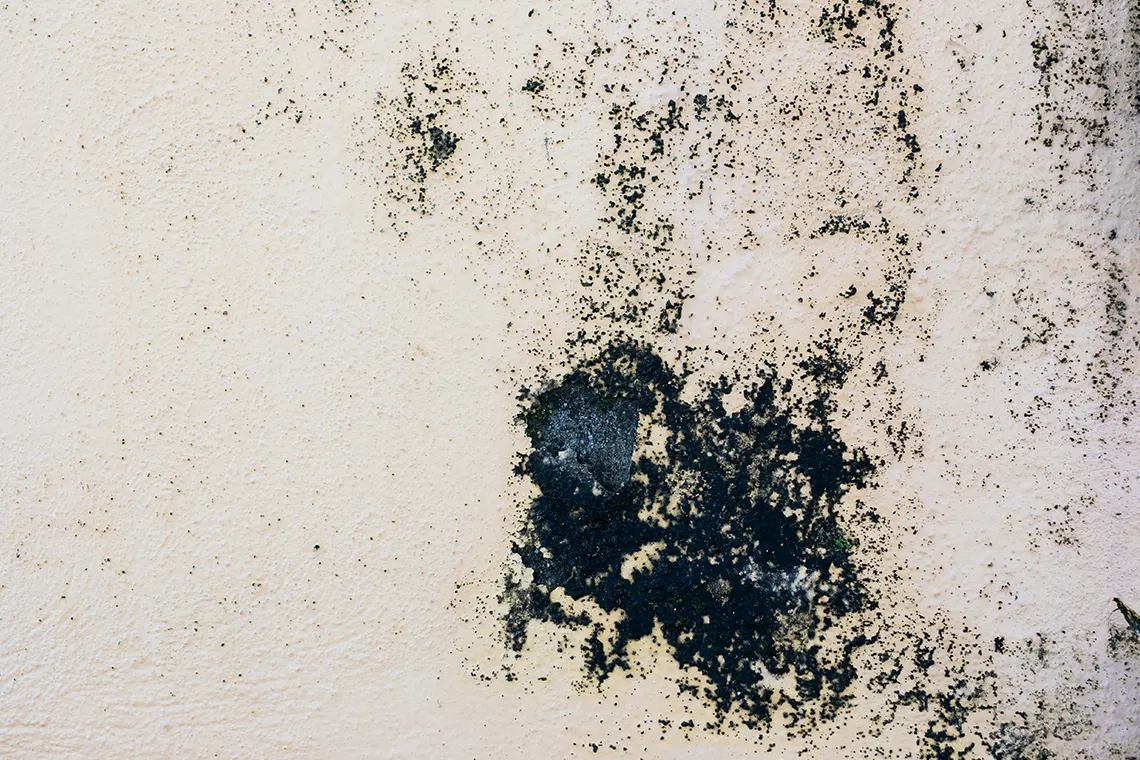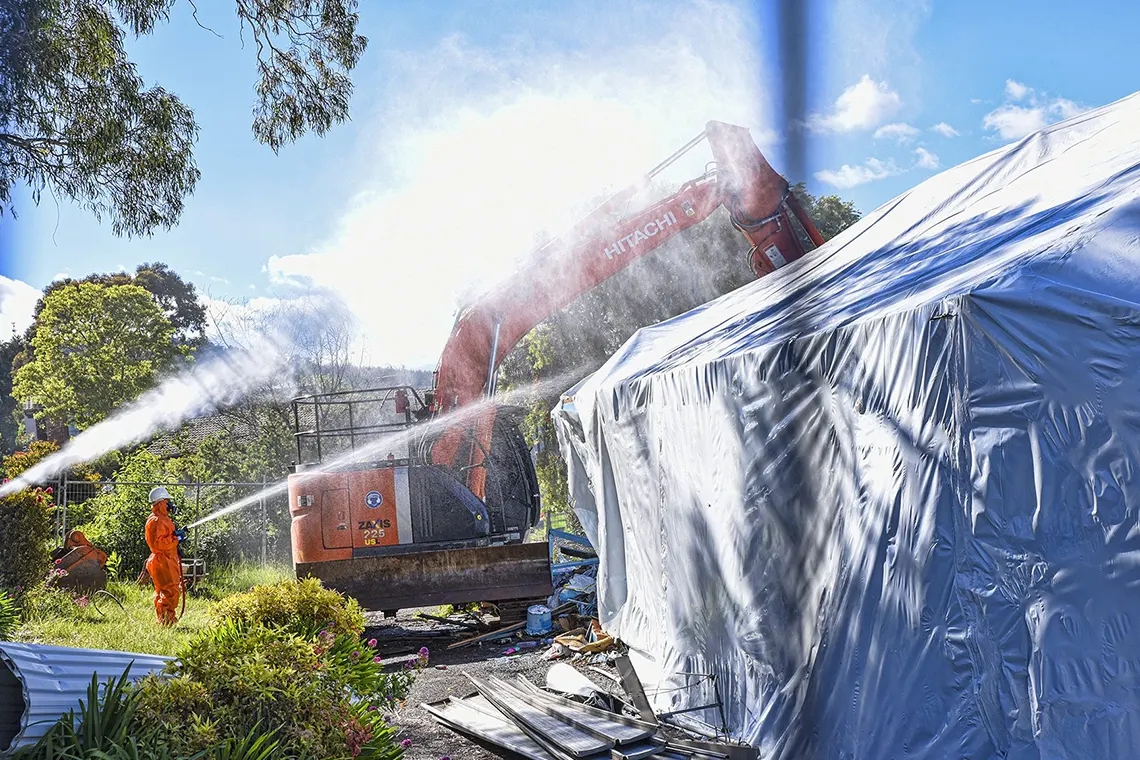Mold is a recurring problem in many habitats. They are usually related to a moisture problem. This is because microscopic fungi that form mold grow in a humid environment. Where you notice black powdery stuff growing in your bathroom, kitchen, or bedroom, it is because of the presence of excessive humidity causing the proliferation of these fungi. Some mold can be harmful to health, and it is recommended to test your home for mold before moving in or renting it. HOMA offers several different techniques of mold assessment and analysis in the dwellings and identifying the various types of mold that may be present. Once detected, it is easier to find solutions to eradicate mold.
What is mold?
Mold is a microscopic fungus that grows in moisture. There are several types of mold and not all of them are problematic. But in general, they diffuse substances that are not good for health. The other problem with mold is that it grows at a prodigious rate and is difficult to contain. Mold feeds on water and organic materials. Thus, they cannot develop on a dry surface. They love wood, papers and slowly rotting material on which their spores have settled. It is necessary to act as soon as their presence is noted.
Causes of mold
Mold can only grow in a humid environment. When the humidity level is above 60%, you expose your house to the risk of mold growth. The humidity sources from cooking, occupants (each person releases up to 4 liters of water per day into the atmosphere), laundry activities or many other possible sources. The humidity is particularly high in kitchens that are not equipped with a proper hood system and bathrooms that are not ventilated adequately. Humidity can also come from a leak in a pipe, a thermal leak or water infiltration into a wall. Generally, living spaces that are not sufficiently ventilated are more likely to see mold appear on sensitive surfaces (wood, wallpaper, etc.). It is therefore important to always ventilate a home.
What to do about mold?
At the first step, laboratory analyses must be carried out to confirm whether mold is present. HOMA Inspection proposes various techniques to identify the different types of fungi and define the cause of their appearance:
- The air quality test which makes it possible to identify the particles in the air,
- The HVAC test to analyze the air,
- The surface test where samples can be taken directly from the contaminated surface.
After identifying the yeasts and fungi in question, experts can recommend installing an aeration system or give recommendations to prevent mold growth in the dwelling. Hamid Mirsadeghi, our specialist at HOMA Inspection, is one of a very few CIE certificates in Canada and can act as an investigator in your mold remediation project.


